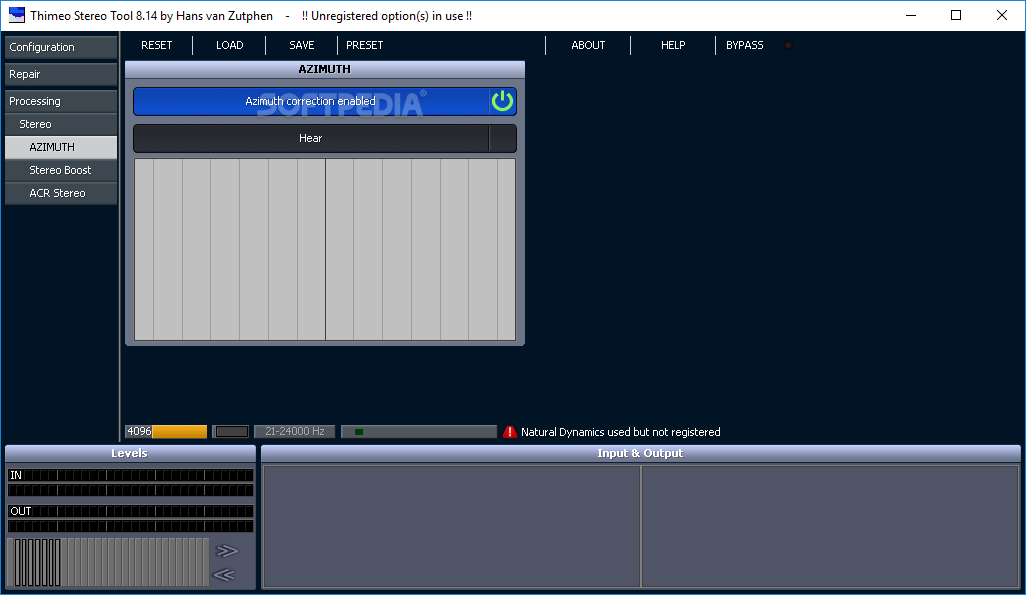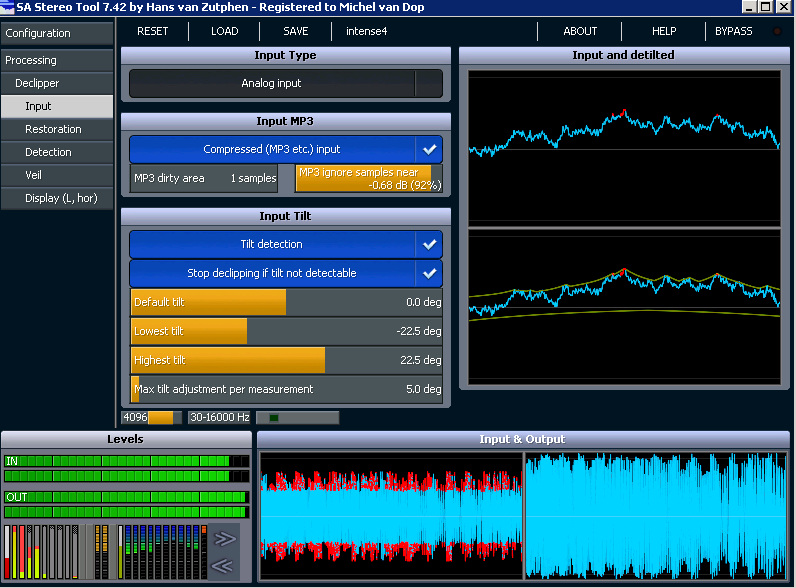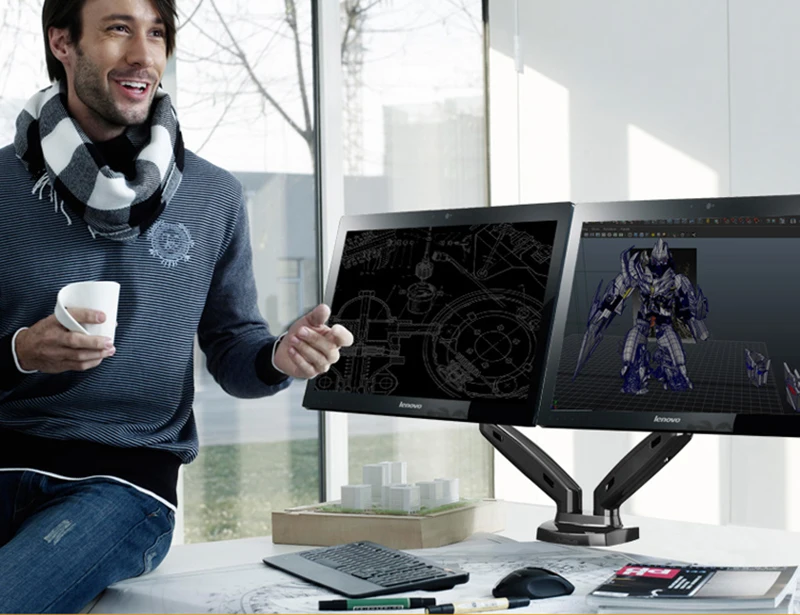

At that point I decided to create a new version, Stereo Tool 2.0.įor quite a while this remained a hobby project, I occasionally worked on it for a few months and then I wouldn’t look at it for months. Within a week there were over 1000 downloads and a while later it surpassed 90,000. So I uploaded my program, now renamed to ‘Stereo Tool’ because a Google search for “Radio Tool” gave far too many hits. I never really planned to do anything with it, it was just an exercise project.Ībout a year later I came across the Winamp site again and I saw that you could upload plugins. I had 2 months of ‘spare time’ between those jobs, and I wanted to learn to program in Visual C++, so I decided to a GUI around my command line tools, and make a Winamp plugin out of it. In 2004 I left the company I worked for (ASML, they make machines to make computer chips, customers are companies like Intel, AMD etc.) to start working for Philips Healthcare, where I was going to work on image processing for X-Ray systems.

Of course I needed a bit of processing for it, and I wrote some command line tools – a singleband compressor, a stereo to mono convertor that didn’t cause any loss of audio (I was broadcasting hard trance on a mono 56 kbit/s stream, and this was the only way to get a decent sound out of it), and some time later a multiband compressor. I never really did anything with it until I found out in 2001 that you could easily start a webradio station – I actually found out because I was listening to a pirate station in my car which turned out to have a stream within a week my own station was online. I remember playing with walkie-talkies and trying to receive their sound on a real radio when I was about 8 or 9. HvZ: Since I was very little I’ve always wanted to have my own radio station. PT: What prompted you to write audio processing software? The designer and owner of Stereo Tool, Hans van Zutphen, was nice enough to answer a few questions I posed to him via email:
STEREO TOOL 9 PC
The idea of PC based audio processing is new and interesting to most of us. Much more info at the Stereo Tool website.
STEREO TOOL 9 FULL VERSION
Then there is the price difference, which ranges from about $48.00 US for the basic version, to $161.00 US for the basic FM version and finally $269.00 US for the full version (actual prices are in Euros, which will fluctuate day to day and the credit card company will likely charge an exchange fee).
STEREO TOOL 9 FREE
The second difference is Stereo Tool comes with a free trial.

The first difference between, say the Omina and Stereo Tool is the end user decides the hardware and basic operating system.
STEREO TOOL 9 SOFTWARE
Enter then, the Stereo Tool PC based software processing program. The top of the line Telos Omina or Orban Optomod systems are great, however, they can set one back a pretty large sum of money. In addition to that, internet streaming stations have their own unique set of issues to deal with. Today, broadcast air chain processors come in all shapes and flavors. Over the years, processors incorporated not just limiting, but compression, gating, equalization, clipping and so on all in an effort to keep ahead or at least abreast of the station across town. This was a particular problem with early tube type AM transmitters, where over modulation could create power supply overloads and kill the carrier while engineers scrambled around resetting things and hopefully pressing various buttons to get the transmitter back on the air.

At first, the main processing function was to limit the input audio to a transmitter and prevent over modulation. FM and AM broadcast radio processing has gone through many iterations.


 0 kommentar(er)
0 kommentar(er)
